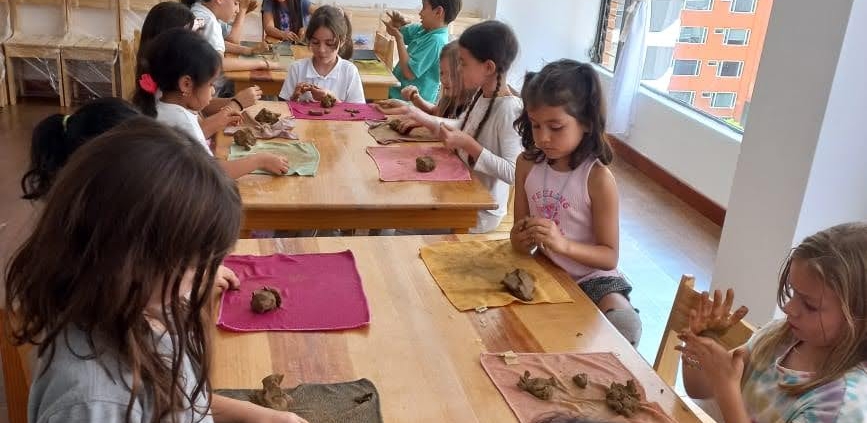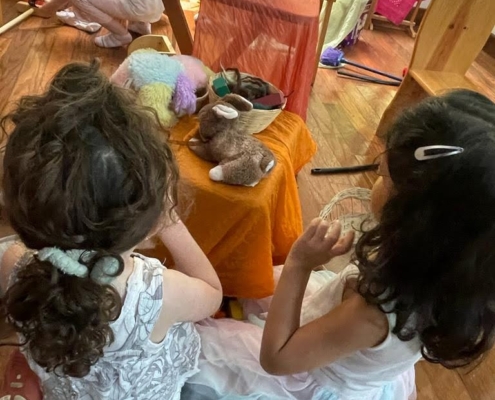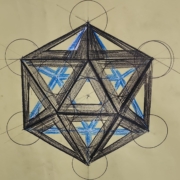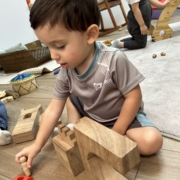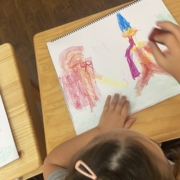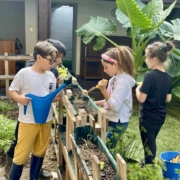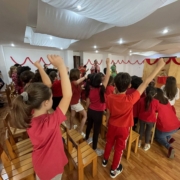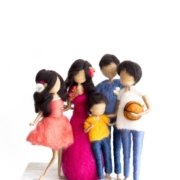What Are The Benefits of Crafts?
Written by Julie Moon
As Ingun Schneider remarks in her article “Supporting the development of the hand,” many children today are using their hands almost exclusively to manipulate electronic devices such as computer mice, and are increasingly unable to hold a pen/pencil with any confidence or skill. Traditional craft skills such as knitting, are not widely practiced. The consequences of this are alarming. A great deal of research is published today which makes a clear case for the link between ‘nimble fingers, nimble minds’- that is, the relationship between healthy neurological development and the engagement of the fingers in fine motor activities. The more we take into account that intellect develops from the movements of the limbs, from dexterity and skills, the better it will be (Rudolf Steiner, The Renewal of Education).
Working with this picture of human development- that thinking grows out of movement and dexterous skills developed through activities such as craft- Waldorf educators work to bring craft throughout the curriculum. Our craftwork includes knitting, weaving, sewing, and woodwork.
The brain discovers what the fingers explore. The density of nerve endings in our fingertips is enormous. If we don’t use our fingers, if, in childhood and youth, we become finger-blind, this rich network of nerves is impoverished – which represents a huge loss to the brain and thwarts the individual’s all-around development.
If we neglect to develop and train our children’s fingers and the creative form-building capacity of their hand muscles, then we neglect to develop their understanding of the unity of things; we thwart their aesthetic and creative powers. Today Western civilization, an information-obsessed society that overvalues science and undervalues true worth, has forgotten this (Matti Bergstrom, professor and neurophysiologist).
Recent neurological research tends to confirm that mobility and dexterity in fine motor muscles, especially in the hand, may stimulate cellular development in the brain, and so strengthen the physical instrument of thinking.
Craft begins in the early years with the children consciously using their hands, and refining the movements of their fingers – improving fine motor skills. Finger knitting is the beginning of the knitting curriculum; sewing is refined year-by-year (Margaret Skerry – a former teacher at Sophia Mundi school).
The crafts of ancient peoples were part of everyday life and they were made with a disciplined attention to detail, loving care, and artistry. Joy seemed to be in the making and our children also find joy, challenges, and a sense of achievement in their craft lessons!
Sometimes we might get the sense that crafts are a waste of time and would like to see our child more involved in information-involved activities but we have to keep in mind the amazing neurological impact that it has on our child.

